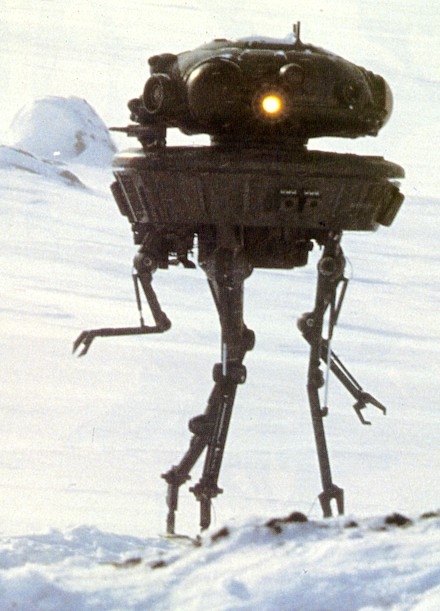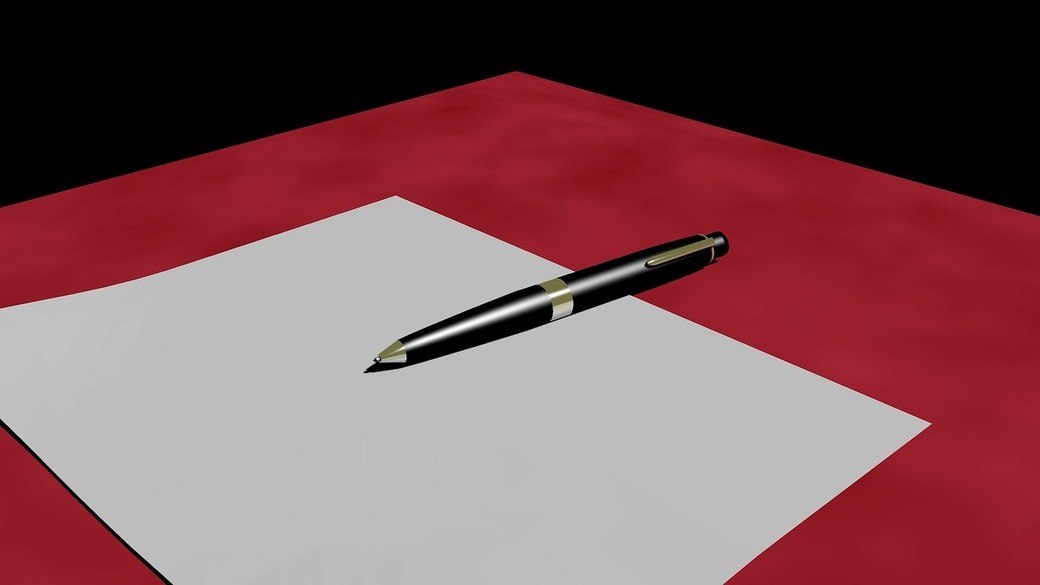
Putting the “Science” in “Science Fiction” – Robotic Drones 4
In my previous three blogs, I have discussed the many military applications of remotely controlled robotic drones. However, drones of this type have many potential uses outside of combat. Some drones are available in military and civilian versions, like the robots used by soldiers and police officers to disarm explosive devices. These robots are useful devices that save many lives each year, but they are far from the only drones in use by civilian organizations. Many organizations use these machines as tools of discovery, sending them into places that would be too distant or dangerous for human beings to explore. These drones allow their operators to collect samples and data from areas that are impossible to explore any other way, all while safe and comfortable from their control stations.
Companies and organizations that work underwater were quick to see the potential of drone technology, and remotely operated and autonomous drones have been used at sea for decades. Sending divers into the ocean is dangerous, and impossible after a certain depth, while full-sized submersibles are expensive to build and maintain, and can only remain underwater for as long as their crews can handle it. These issues are easily solved by drone vehicles, as they are smaller and cheaper to build, while putting no human lives at risk on their missions. Drone vehicles such as Jason and Nereus can remain underwater for days at a time and fit into small spaces that no manned submersible could reach. Famously, robots like these allowed scientists and historians to explore the wreck of the Titanic. Besides these advantages, drones are also useful to aquatic explorers since they can continually operate for a great deal of time without needing to surface. This makes them very useful for scanning large areas of the ocean bed for new life forms, mineral deposits, shipwrecks and many other discoveries that lie beneath the waves.
Drones are also used for exploratory missions beyond earth’s oceans, and even beyond the bounds of Earth itself. Manned space missions are becoming increasingly common, but the Moon has always been the limit of the human exploration of space. Sending human beings farther than that is a very dangerous and expensive proposition, and one that would require them to remain away from their home planet for years while suffering debilitating health problems. Due to these serious issues, most space exploration has been performed by robotic probes. Although the signals between these probes and the people who send them are far from instantaneous, many of the probes are still remotely controlled by scientists back on Earth. These remotely controlled robots include those that are designed to record data from planets as they fly past them, like Galileo, as well as Rovers designed to gain more detailed information, such as the Mars Sojourner and Curiosity probes. Despite the vast distances involved, these machines can still receive and follow orders, allowing scientists to steer them towards areas of scientific interest and gather in-depth data from the variety of instruments that these probes carry. Even probes that have reached so far out that the time it takes to receive transmissions makes fine control impossible – such as the Voyager probes that are currently hurtling through interstellar space after 36 years of travel – are still sending data back to be recorded and examined by a new generation of scientists.
Robotic probes and drones have contributed greatly to scientific expeditions into dangerous places, but these are not the only areas where drones are used in the civilian arena. From protecting endangered elephants from poaching in South Africa, to performing search and rescue work at sea and even delivering pizzas, drones are likely to become an ever larger part of daily life. The benefits of drones are many, and though the possibility of abuse of new technologies is ever-present, we can create a safer world by embracing these robotic helpers.












